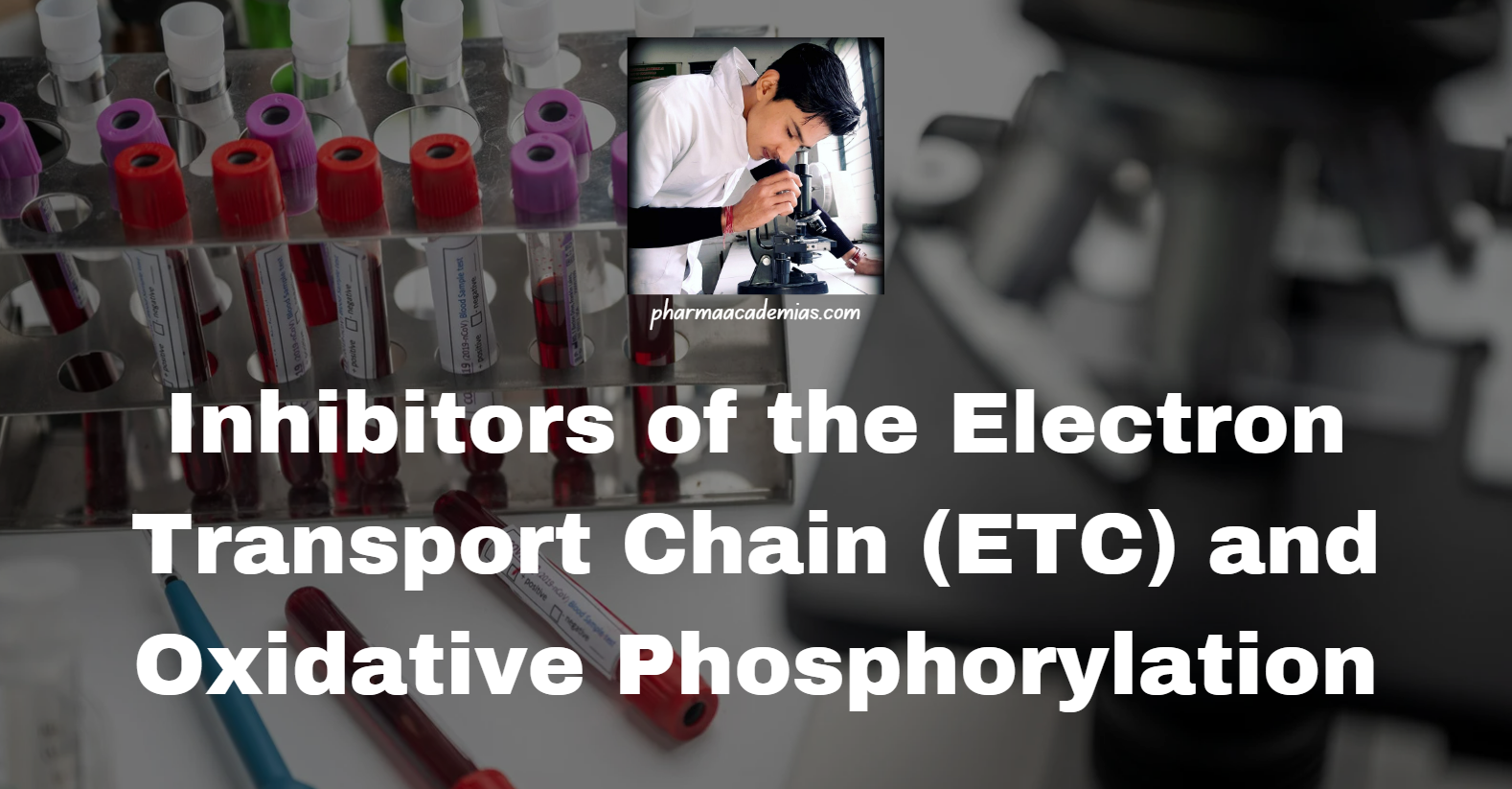pH (Potential of Hydrogen)
pH is a measure of the acidity or alkalinity of a solution. It quantifies the concentration of hydrogen ions (H+) in a solution. The pH scale ranges from 0 to 14, with 7 being neutral. Values below 7 indicate acidity, and values above 7 indicate alkalinity.
Mathematical Expression:
pH = -log[H+]
Key Points:
1. Acidic Solutions: An acidic solution is a solution that has a pH value less than 7. It contains a higher concentration of hydrogen ions (H⁺) than hydroxide ions (OH⁻). Acidic solutions are typically sour in taste, can conduct electricity, and react with metals to produce hydrogen gas.
Examples of Acidic Solutions:
Hydrochloric acid (HCl) in water
Vinegar (acetic acid)
Lemon juice (citric acid)
Sulfuric acid (H₂SO₄) in battery acid
2. Neutral Solutions: A neutral solution is a solution that has a pH value of exactly 7. It contains equal concentrations of hydrogen ions (H⁺) and hydroxide ions (OH⁻), making it neither acidic nor basic.
Examples of Neutral Solutions:
Pure water (H₂O)
Saline solution (NaCl in water)
Blood plasma (approximately neutral, around pH 7.4)
Sugar solution (glucose dissolved in water, if no acidic or basic impurities are present)
3. Alkaline or Basic Solutions: An alkaline solution (or basic solution) is a solution that has a pH value greater than 7. It contains a higher concentration of hydroxide ions (OH⁻) than hydrogen ions (H⁺). Alkaline solutions are known for their bitter taste, slippery feel, and ability to neutralize acids.
Examples of Alkaline (Basic) Solutions:
Sodium hydroxide (NaOH) solution (e.g., lye)
Ammonia (NH₃) solution
Baking soda (sodium bicarbonate, NaHCO₃) solution
Milk of magnesia (magnesium hydroxide, Mg(OH)₂)
Soap and detergents
4. Importance:
pH is crucial for biological processes, enzymatic activities, and maintaining homeostasis.
Buffers
A buffer is a solution that resists changes in pH when small amounts of acid (H⁺) or base (OH⁻) are added. Buffers help maintain a stable pH in biological and chemical systems.
Buffer Equation:
HA ⇌ H+ + A–
Key Points:
1. Buffering Capacity: Buffering capacity is the ability of a buffer solution to resist changes in pH when an acid or base is added. It measures how effectively a buffer can neutralize added H⁺ (acid) or OH⁻ (base) without significant changes in pH.
2. Common Buffers: Biological systems often use the bicarbonate ion HCO3– as a buffer in blood. Acetic acid (CH₃COOH) and acetate ion (CH₃COO⁻) form a buffer system.
3. Function: Buffers maintain a stable pH environment, which is crucial for biochemical reactions. Important in physiological systems to prevent rapid and drastic changes in pH.
Isotonic Solutions
Isotonic solutions have the same osmotic pressure as bodily fluids, resulting in minimal cell volume changes when cells are exposed to them.
Key Points:
1. Osmotic Pressure: Pressure exerted by solute particles in a solution influences water’s movement across a semipermeable membrane.
2. Isotonicity in Medicine: Intravenous fluids administered to patients are often isotonic to prevent cell shrinkage or swelling. Common isotonic solutions include Normal Saline (0.9% NaCl) and Lactated Ringer’s solution.
3. Red Blood Cells (RBCs): Isotonic solutions are vital for maintaining the shape and function of red blood cells. Hypotonic solutions cause RBCs to swell, while hypertonic solutions lead to cell shrinkage.
4. Cell Culture: Isotonic media are used in cell culture to maintain cell viability and function.
Understanding pH, buffers, and isotonic solutions is crucial in various scientific fields, from biochemistry to medicine. pH governs chemical reactions, buffers stabilize environments, and isotonic solutions maintain cell integrity in biological systems.




